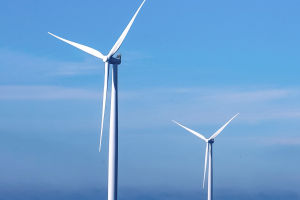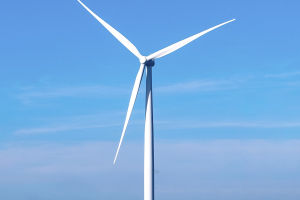Imagine stepping outside on a clear night and looking up at the sky.
We see stars, the moon, maybe a glimpse of a planet or two.
But have you ever wondered where, exactly, Earth is in this vast, endless universe? Earth has a specific cosmic address and understanding it can open our minds to the grand structure of space.
Earth's Place in the Solar System
First, Earth is one of eight planets orbiting our star, the Sun, in a region of space known as the Solar System. Our solar system, like a bustling neighborhood, is made up of the Sun at the center, surrounded by planets, moons, asteroids, and comets.
Earth is the third planet from the Sun, comfortably nestled in the Goldilocks Zone, where temperatures allow for liquid water—a key ingredient for life as we know it. In our immediate vicinity, we're neighbors with Venus and Mars, two planets that are rocky and terrestrial, much like Earth.
The Solar System in the Milky Way Galaxy
Our Solar System doesn't float around on its own. It's part of a much larger structure: the Milky Way galaxy. If you could see the Milky Way from a distance, it would look like a spiral with long, glowing arms stretching out into space, made up of stars, gas, and dust.
Within this grand spiral, our Solar System is located in one of the outer arms, called the Orion Arm or the Orion Spur. Think of it like living in the suburbs of a big city. We're not right in the galaxy's bustling center, but we're also not on the very edge. This location actually gives Earth a bit of protection from the chaotic activity at the core of the galaxy.
Galaxies and the Local Group
As massive as the Milky Way is, it's far from the only galaxy in the universe. In fact, galaxies tend to gather together in clusters, much like cities forming regions. The Milky Way is part of a collection of over 50 galaxies called the Local Group. Our nearest major galactic neighbor is the Andromeda galaxy, which is even larger than the Milky Way and is slowly moving closer to us.
The Local Group within the Laniakea Supercluster
Zooming out even farther, the Local Group itself is part of an enormous collection of galaxy clusters called the Laniakea Supercluster. This region is mind-boggling in scale, stretching over 500 million light-years across. The Laniakea Supercluster is one of the largest known structures in the observable universe, containing around 100,000 galaxies.
Our Place in the Universe
Now that we've journeyed from Earth all the way to the edge of the Laniakea Supercluster, it's clear how small we are in the grand scheme of things. Yet, we're part of something incredible—a web of galaxies, clusters, and superclusters that form the observable universe. The universe, as we know it, stretches about 93 billion light-years in diameter. And even with this astonishing scale, there may be more beyond what we can see or measure.
For now, Earth remains our home, our cosmic anchor in this vast expanse. It reminds us of the beauty and mystery of the universe and our unique place within it.


